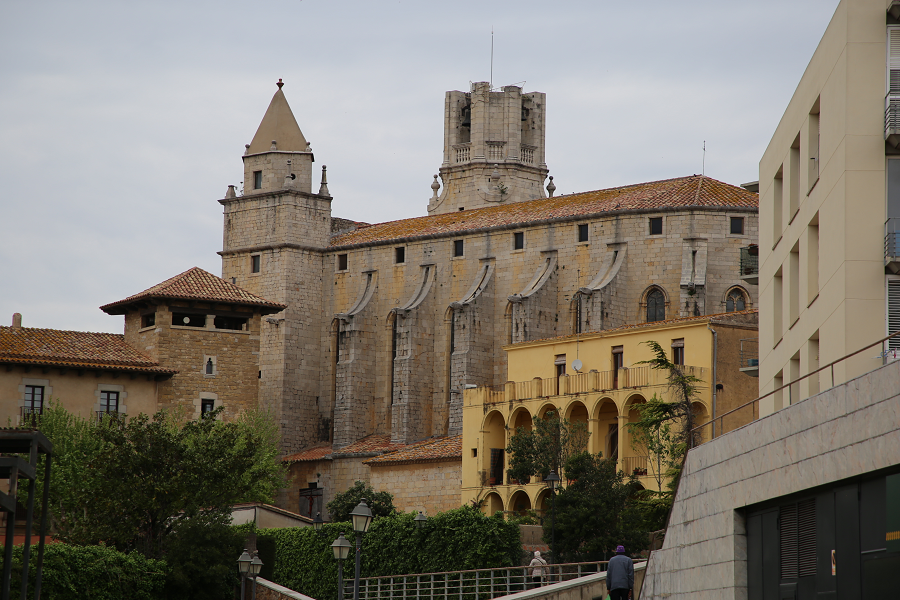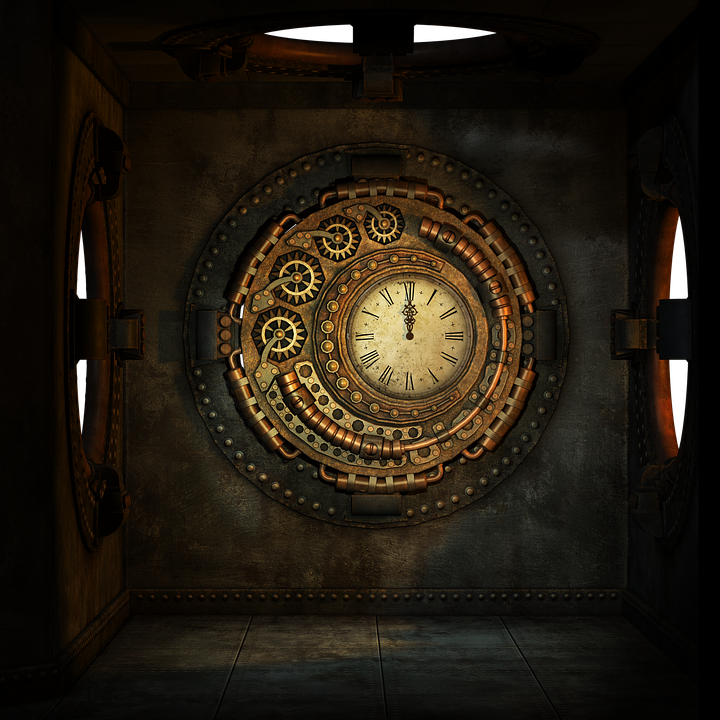Prehistory
Port-Vendres (Occitania, France) has existed since the Iron Age, when it was used as a port connected to the Iberian settlement of Illiberis (now Elna).
Ancient History
In the first century of our era, the Roman geographer Pomponi Mela mentions Portus Veneris (the Port of Venus). It is certainly related to the Aphrodisium, or temple of the Venus de Pirene, mentioned by Estrabó, Plini and Ptolemeu, probably a temple of Venus aimed to bring luck to the sailors. This temple, according to archaeological surveys of the 19th century, could have been in the northeast of the town, in the area delimited by Miranda, Fanal and Ansa Gerbal. It has not yet been fully verified, but structures of 10 to 4 meters excavated on the shale rock on the site could have been the base of the temple. It was at the foot of the Fanal and about 5 meters above sea level. Its northeastern corner was rebuilt with remains of Roman tegulae.
On the other hand, in the Moresca, not far away, more to the northwest, and in Miranda, also nearby and to the west, numerous ceramic remains of Roman time were found. However, the military occupation of the territory over many centuries has, very possibly, disfigured the soil, therefore the remains are very mixed.
At the far end of the territory, in Polilles, there are abundant Roman remains, which suggests a settlement. Fishing arrows from Roman times were also found there.
In the area of the mountains, it is worth mentioning the excavations made on the site called the Cementeri, where a schist rock with a Roman inscription was found, nevertheless, it has been questioned whether it is truly ancient. On a steep coast of the Coll de Molló, on the side of Port Vendres, there was another rock found with inscriptions that unfortunately disappeared from the place where it had been found. On the southern slope of the same hill remains of a medieval castrum were discovered, probably a 13th or 14th century farm.
Medieval History
During the Middle Ages, Port-Vendres was expanded by the rulers of the Kingdom of Majorca and served as a key point in the connection between the mainland and the Balearic Islands. It should be added that at that time Port Vendres was considered a bay or natural harbor that was part of the port of Collioure. The quotes that mention the port from that time are still in Latin, Portus Veneris in 1272, while in 1292 it becomes Port Venres in Catalan and in 1415 Port Vendres. In 1415, it is still found also with the name Port Venres de Cobliure.
James I, the Conqueror took special care of the port of Port-Vendres: in his testament, in 1272, he recommended that his son, the infant James, administrator of Rosselló, and his successors destined 5,000 sous from Collioure income to restore and improve Port-Vendres, and, when this improvement was completed, the same amount was to be invested in the Port d’Avall of Collioure and, when this second improvement was completed, the same amount again was to be invested in the constant improvement of the two ports.
Modern History
Later, it went to French hands, just like the rest of Roussillon, in 1659, as a result of the Treaty of the Pyrenees. At that time, the port of Port-Vendres hardly had houses established in the vicinity.
Vauban showed interest in protecting the port with fortifications, as he had done in Collioure, but his plans were never carried out completely, although he carried out works to fortify the port between 1673 and 1700, building three redoubts and forts.
With the reign of Louis XVI, an important expansion of the harbor was carried out under the supervision of Count José Agustín De Mailly d’Haucourt, lieutenant general and commander-in-chief of the Rosselló. He was the driving force behind the modernization of Port-Vendres as a port, and followed the plans originally conceived by Sébastien Le Prestre de Vauban to open and widen the existing facilities. From 1776 to 1778, the land was excavated and quays were built. A fourth fortress, the Mailly Redoubt, was also built at this time to protect the harbor. The king also made a decree that promised those who built a house in Port-Vendres to be exempt from taxes for fifteen years. In 1775 the port was dredged and enlarged.
Then Charles de Wailly, architect and painter of the king, was commissioned to build a 30-meter-tall marble obelisk that has become a reference point for Port Vendres. The first stone was laid on September 28, 1780 by the wife of Mailly, Felicity of Narbonne Pelet, and witnessed by much of the Rossellonian nobility. The obelisk is adorned with four low bronze reliefs that represent the recent independence of the United States of America, which France had supported during the War of Independence, the abolition of bondage in France, free trade and the fortified French Navy.
In commemoration of the construction of the obelisk, the Fête de Mailly is celebrated every September. The day begins with a costume parade through the streets, followed by a reconstruction of the laying of the first stone, circus workshops, historical games, carriage rides, concert Xim Xim (with traditional dance music from the center of France), sardanas, the representation of a fight of pirates, “jeu du foulard” (game of the scarf), etc.
Contemporary History
During the French Revolution, the town was renamed to Port-la-Victoire.
Another impulse was given to Port-Vendres by another military man: the general (from 1852 marshal) V. B. de Castellane. He was appointed lieutenant general to Perpignan in 1833, until 1847, he wanted Port-Vendres to become a military port, and he obtained important support from the French government for it. He ordered excavations and built a new dock, which doubled the port’s capacity. Between the works took place the conquest of Algeria and the arrival of the railroad to Port-Vendres, which was an independent commune since 1832, the town experienced an important boom, with a great growth of its population.
During World War II, the city was part of one of the strongly fortified coastal areas established by the occuping forces of Nazi Germany. Artillery batteries were built on the coast, specifically at Cap de Biarra, some kilometers south of the city, but the Germans abandoned the area in August 1944 few days after the allies landed on the French Riviera during the Dragoon Operation. Before leaving, they blow up the pier of Port-Vendres, which had to be reconstructed.











